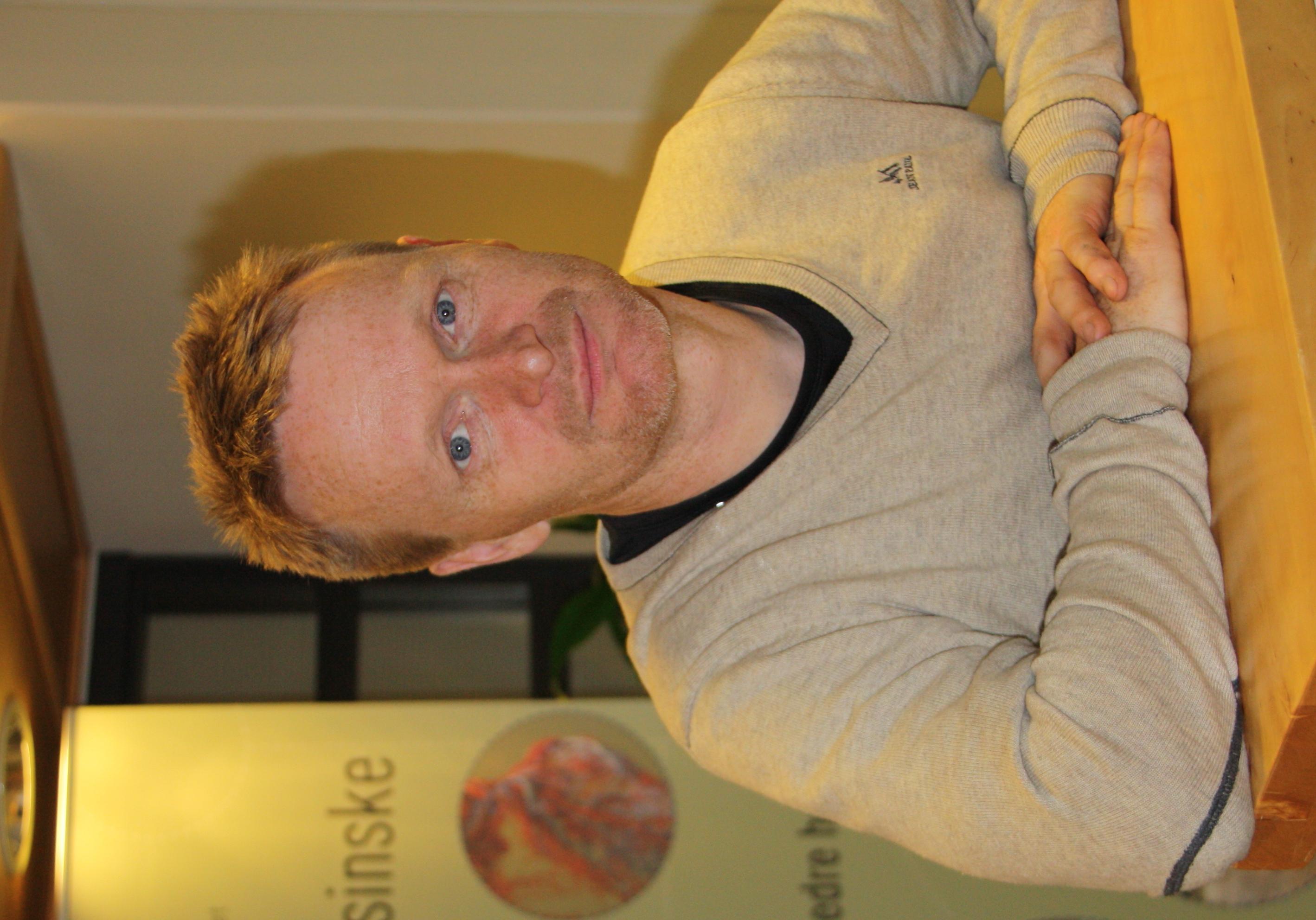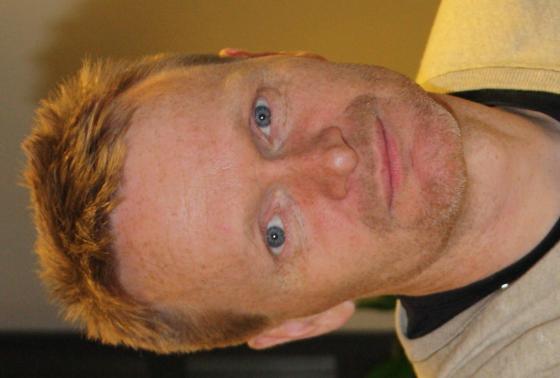Always aware
“We don’t discuss gender equality very much; after all, it’s an integral part of our job,” says Vice-Dean Helge Klungland of the Faculty of Medicine at the Norwegian University of Science and Technology (NTNU). “Nobody is hired or granted project funding here without gender equality being part of the process.”

There is no shortage of female students at the Faculty of Medicine at NTNU where Helge Klungland serves as Vice-Dean of Research. But in the inner corridors, where the associate professors and professors are found, men dominate. With only 19 percent women at the professor level, the faculty comes in last place with regard to women in the highest positions in the field of medicine.
In spite of this, the gender equality adviser at NTNU believes that Helge Klungland is doing an outstanding job to promote gender equality. This is because Klungland understands the challenges facing the faculty. A focus on gender equality means being aware of the issue at all times, he believes.
A good start
In 2002, a new initiative was launched at the faculty, which has become a key component in their gender equality efforts.
“We have established a separate researcher training programme. This is important for recruiting young medical students to research, especially young female medical students,” Klungland explains.
Even though the majority of medical students are women, less than half go into research. Over half of the students admitted last year to researcher training at NTNU were women. Klungland hopes this will provide a solid basis for the future. We must continue to focus on recruiting our female students if we are to succeed.
The students may begin in the researcher training programme after two years of medical studies. Their education is then extended by one year, but by that time very many of them are halfway through with their doctoral degree and will be ready to defend their thesis two years after they complete their studies,” Klungland explains.
“This way you’re off to a good start on your career as a researcher.”
He adds that gender balance is also important when research grants are awarded.
“We also always look at how many women and how many men receive project grants. It is unthinkable that five projects would be awarded to five men,” he says, and points out that giving consideration to gender equality does not conflict with requirements related to research quality.
Clinicians and researchers
According to Klungland, the great challenge in the field of medicine is that individuals are expected to be both clinicians and researchers. This places huge demands on their time.
“Why is this a particular challenge for women?”
“It’s difficult for many couples when both of them want to have a career. This also affects men, but there is no doubt that women still have the most care-giving responsibilities. For instance, many more women than men take parental leave.”
“What can you at the faculty do to influence this situation?”
“There needs to be a dialogue between clinic directors at the hospitals and department heads at the university to ensure that the work day is manageable.” But Klungland also thinks that women should be a little more egotistical.
“Of course, I don’t mean that this should be taken to extremes. But I do think it is important to be somewhat egotistical. As a young researcher, you need to think about your career when you answer yes or no to assignments. It is crucial to have a concrete career plan and to know what you need to do to achieve the goals you have set for yourself.” But he does not believe that young doctors need to sacrifice everything for research during the initial years.
“Your best years in research are when you are between 40 and 60 years old.”

Children not an obstacle
Having children must not stand in the way of a woman’s career in research.
“When I was a department head, one of the worst things I knew was when women would apologize for being pregnant and taking parental leave. I thought that was awful. Not that they were pregnant but that many of them apologized for being pregnant.”
“Nothing is better than being pregnant and you do not need to plan when it is going to happen even though you are involved in research. But the day you know you are pregnant, you need to make a plan. You cannot just be pregnant without thinking about what part of your research you want to carry on with.”
He also believes that the faculty can make constructive use of parental leave.
“When we have permanent employees who take leave for a year, this actually creates new opportunities. Then we can perhaps test out a new person in a teaching situation. Nothing is static. We have to make changes all the time anyway.”
All positions should be advertised
Nonetheless, the faculty is having difficulty changing the predominance of men in permanent academic positions. The central action plan for NTNU states that 50 percent of appointments to positions requiring a doctoral degree are to be women.
“We have so few full-time positions which become vacant that it is difficult to do anything about this,” says Klungland.
He explains that the faculty has recently analyzed the gender and age composition of the staff, and this has compelled them to change their practice regarding appointments.
“We have decided that we will not hire people in part-time positions without posting a job advertisement.”
“It should come as no shock that we have hired men across the board when we have made appointments without advertising the vacancy. We see now that we receive more applications when a position is advertised, so the argument often used that there is only one specific person qualified for the job does not always hold water.”
“In many places it is usual to use special recruitment procedures for part-time positions, but now you want to advertise them instead?”
“Yes, so that we don’t automatically recruit men all the time, because we have often done this. And I don’t think we are so unique in that regard.”
What other measures have you taken to ensure that female candidates respond to job advertisements?
“We use search committees. I think the time is over when we could just announce a vacancy and hope that the person we were looking for applied. Now we have to actively seek out people to encourage them to apply.”
Translated by Connie Stultz.
In this series, we present some of the leaders from the university and university college sector in Norway who have been successful in changing the gender balance in their environments.
Helge Klungland is Vice-Dean of Research at the Faculty of Medicine at NTNU.
Helge’s advice: Be aware of gender equality at all times, including in the recruitment process, job advertisements and allocation of project funding. Advertise all positions.
In 2008, women comprised 18.8 percent of the professors at the Faculty of Medicine at NTNU. For professor II positions, women comprised 3.3 percent, while 40.5 percent of all associate professors were women. (Source: DBH)
According to Klungland, one possible reason that the Faculty of Medicine in Trondheim has fewer women in permanent academic positions than the national average is that the faculty focuses its activities on medical technology.
The Faculty of Medicine at NTNU has its own action plan for increasing the percentage of women in permanent academic positions, which builds on the central action plan for the university.
The faculty can apply for payroll compensation for women who want to obtain qualifications at the professor level and for start packages for newly appointed women from a central gender equality fund. According to Klungland, the faculty plays an active role in advising women who want to apply for these funds. The faculty members also participate as mentors and experts in the university’s mentor programme. Klungland has himself taken part in this programme.
